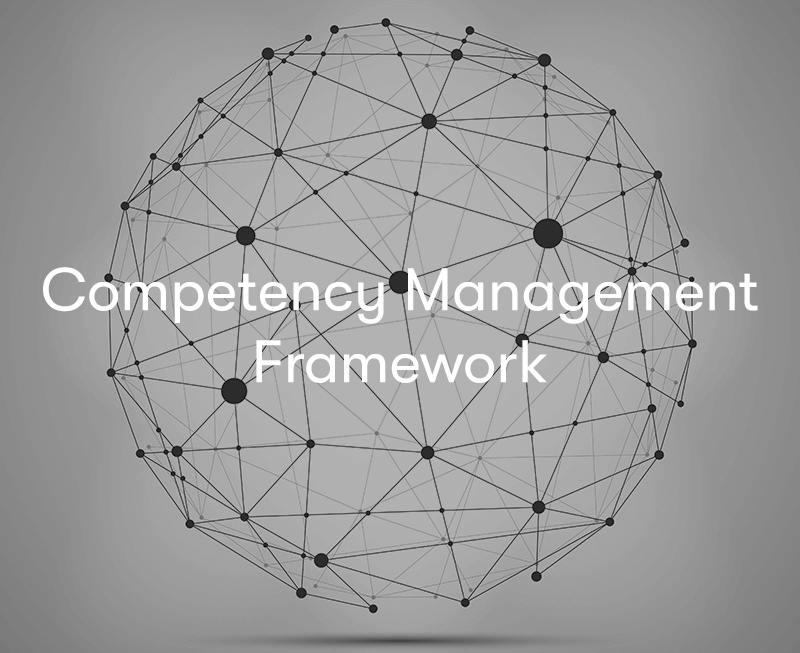Competency Management Framework
Competency Management Frameworks are structured approaches used by organisations to identify, assess, and develop the knowledge, skills, and behaviours essential for employee success.
The concept of competencies dates back to the 1970s when organisations sought a more holistic approach to talent management. Rather than focusing solely on academic qualifications and experience, competencies offered a way to evaluate an individual's potential to perform a specific role effectively. Today, in our rapidly evolving business landscape, competency management has become even more critical. Organisations need to adapt swiftly to changing market demands and technologies.
A competency management framework provides a roadmap to align employee capabilities with strategic goals, fostering engagement, promoting skill development, and building a resilient workforce. Join us on this journey as we explore the significance and implementation of competency management frameworks in the modern workplace.
Here at Purple Griffon we understand how important a well trained workforce can be, that is why we have partnered to bring you our competency management system - OpusView
What is a Competency Management Framework?
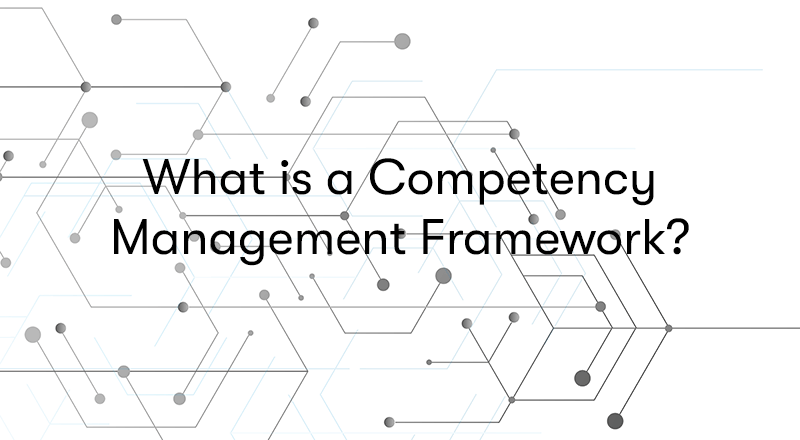
Competency management frameworks are systematic approaches used by organisations to identify, assess, develop, and manage the knowledge, skills, abilities, and behaviours required for employees to perform their roles effectively. These frameworks help align employee capabilities with the strategic objectives of the organisation and ensure that the right talent is in place to achieve business goals.
Key Components of Competency Management Frameworks
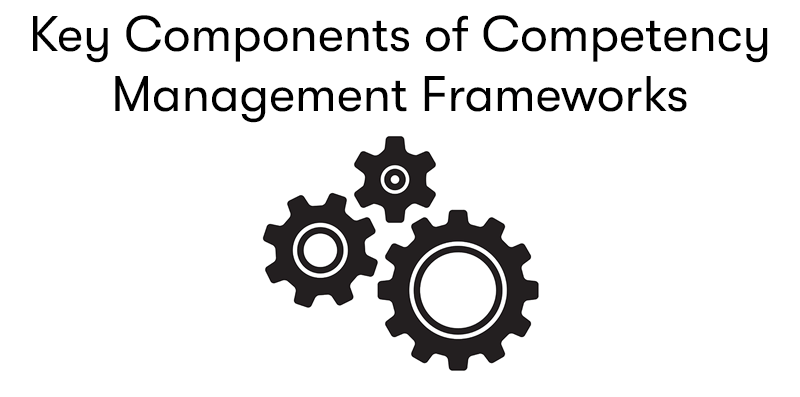
Competency Models
Competency models are the foundation of the framework. They define the specific skills, knowledge, behaviours, and abilities that employees need to perform their roles effectively. These models are typically tailored to different job roles or levels within the organisation.
Competencies can be broadly categorised into technical competencies (related to specific job-related skills), leadership competencies (related to managing and leading others), interpersonal competencies (related to communication, teamwork, and relationship-building), and problem-solving competencies (related to analytical and creative thinking).
Developing comprehensive competency models often involves input from subject matter experts, job incumbents, and stakeholders to ensure that they accurately reflect the requirements of each role.
Competency Assessment
Competency assessment involves evaluating the current proficiency level of employees in each identified competency. This assessment can be done through various methods, including self-assessment, peer assessment, supervisor evaluation, 360-degree feedback, behavioural interviews, and performance observations.
The assessment process may involve rating scales, behavioural indicators, or specific performance criteria to provide a clear picture of each individual's competency level.
Competency Gap Analysis
GAP analysis compares an individual's current competency levels with the desired competency levels for their role or future career path within the organisation.
This process identifies skill gaps and development needs, allowing HR and managers to create targeted learning and development plans.
Competency gap analysis can also help identify high-potential employees who may be suitable for advancement or promotion within the organisation.
Learning and Development Plans
Based on the competency assessment and gap analysis, personalised learning and development plans are created for employees.
These plans outline the specific training, resources, and experiences needed to bridge the identified competency gaps.
Learning and development activities may include formal training programs, workshops, e-learning courses, coaching, job rotations, stretch assignments, and mentoring.
Performance Management
Competency management can be integrated into the performance management process. This involves setting performance goals that align with desired competencies.
During performance evaluations, managers may assess employees based on their demonstrated competencies, alongside their achievements and contributions.
Feedback discussions may also focus on competency development and ways to further enhance skills and capabilities.
Career Progression and Succession Planning
Competency management is crucial for succession planning and career progression within the organisation.
Identifying employees with high potential and providing them with the necessary development opportunities helps prepare them for future leadership roles.
Succession planning ensures that there is a pipeline of qualified individuals ready to take on key positions as they become available.
Recruitment and Selection
Competency-based recruitment involves assessing candidates based on their demonstrated competencies and behavioural indicators relevant to the job.
By focusing on competencies during the selection process, organisations can identify candidates who are more likely to succeed in the role and fit well within the organisational culture.
Employee Engagement and Motivation
Competency management can increase employee engagement by providing a clear roadmap for skill development and career growth.
Employees who understand the competencies needed for success in their roles are more motivated to engage in development activities and take ownership of their career progression.
Organisational Performance Improvement
By ensuring that employees possess the right competencies, organisations can enhance overall performance and productivity.
Competency management helps address skill gaps, improve efficiency, and align employee capabilities with the strategic goals of the organisation.
How to Create a Competency Management Framework?
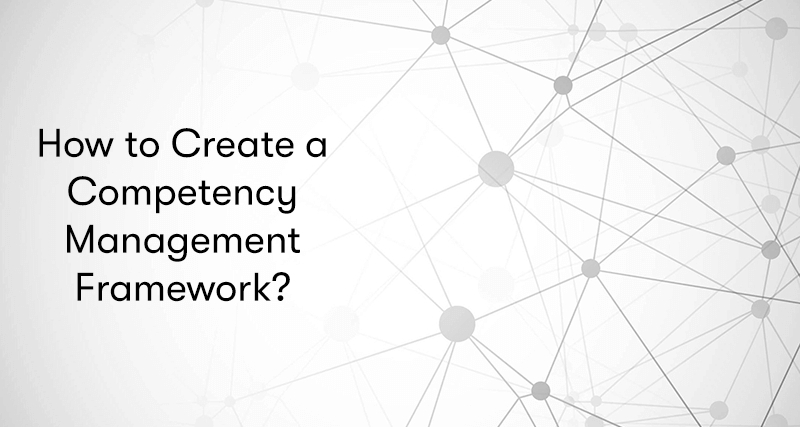
Creating a competency management framework involves a systematic and collaborative process. Here's a step-by-step guide to help you get started:
1. Identify Organisational Goals and Objectives:
Understand the strategic goals and objectives of your organisation. Identify the key competencies required to achieve these goals. Consider both technical skills and behavioural attributes.
2. Conduct Job Analysis and Role Profiling:
Perform a thorough job analysis to identify the critical roles within the organisation. For each role, define the responsibilities, tasks, and required competencies.
Engage subject matter experts, incumbents, and stakeholders to gather insights and ensure accuracy.
3. Develop Competency Models:
Create competency models for different roles or job families. These models should clearly define the required competencies for each role, including behavioural indicators or performance criteria.
Categorise competencies into relevant groups such as technical, leadership, interpersonal, and problem-solving.
4. Build Competency Descriptions:
For each competency in the model, provide detailed descriptions outlining the knowledge, skills, behaviours, and abilities required.
Include specific examples of how each competency is demonstrated at different proficiency levels.
5. Conduct Competency Validation:
Validate the competency models with key stakeholders, including managers, employees, and subject matter experts.
Gather feedback and make necessary adjustments to ensure the competency models accurately represent the organisation's needs.
6. Design Competency Assessment Methods:
Determine the assessment methods to evaluate employees' competencies. These can include self-assessments, peer assessments, supervisor evaluations, and 360-degree feedback.
Develop assessment tools, such as rating scales or behaviourally anchored rating scales (BARS), to measure competencies effectively.
7. Conduct Competency Assessments:
Implement the competency assessment process for employees across different roles.
Gather data and analyse the results to identify competency strengths and areas for development.
8. Perform Competency Gap Analysis:
Compare the assessed competency levels with the desired competency levels for each role.
Identify competency gaps and development needs for individuals and the organisation as a whole.
9. Create Learning and Development Plans:
Based on the gap analysis, develop personalised learning and development plans for employees.
Offer training programs, workshops, on-the-job experiences, and mentoring to support competency development.
10. Integrate with Performance Management and Succession Planning:
Incorporate competency development into the performance management process. Set performance goals aligned with desired competencies and provide feedback on competency development during performance evaluations.
Use competency assessments and development plans to support succession planning efforts.
11. Evaluate and Refine the Framework:
Continuously evaluate the effectiveness of the competency management framework.
Gather feedback from employees and stakeholders to identify areas for improvement and refine the framework as needed.
12. Promote Communication and Adoption:
Communicate the competency management framework across the organisation to ensure understanding and buy-in.
Encourage employees to take ownership of their competency development and career growth.
What are the Benefits to Competency Management Frameworks?

A competency management framework offers numerous benefits to organisations, employees, and stakeholders. Some of the key advantages include:
Alignment with Organisational Goals
Competency frameworks help align employee skills and capabilities with the strategic objectives of the organisation. By identifying and developing the right competencies, employees become better equipped to contribute effectively to the achievement of business goals.
Talent Identification and Development
Competency frameworks enable organisations to identify high-potential employees and develop their skills for future leadership roles. This proactive approach to talent development ensures a strong pipeline of qualified individuals for key positions.
Enhanced Performance Management
Integrating competencies into performance management systems provides a comprehensive view of employee performance. It enables more accurate and objective performance evaluations and supports constructive feedback discussions for skill improvement.
Informed Recruitment and Selection
Using competency-based recruitment allows organisations to assess candidates based on their demonstrated abilities and behavioural indicators, leading to better hiring decisions and improved job fit.
Employee Development and Engagement
Competency management frameworks provide clear roadmaps for individual development. When employees understand the skills they need to acquire for career growth, they become more motivated and engaged with their work.
Personalised Learning and Development
Competency-based development plans are tailored to individual needs and skill gaps. This personalised approach ensures that employees receive relevant training and support to improve their performance.
Succession Planning and Continuity
By identifying and nurturing talent, competency frameworks support effective succession planning. Organisations can be better prepared for leadership transitions, minimising disruptions and ensuring business continuity.
Improved Decision Making
Competency frameworks provide valuable data on employee capabilities and development needs. This information facilitates informed decision-making related to workforce planning, talent management, and resource allocation.
Enhanced Team Collaboration
By identifying and developing interpersonal competencies, competency frameworks foster better team collaboration, communication, and problem-solving, leading to a more harmonious and productive work environment.
Increased Organisational Agility
A competency management framework ensures that employees have the skills required to adapt to changing market demands and business environments. This flexibility enhances an organisation's ability to respond effectively to challenges and opportunities.
Better Employee Retention
Providing clear paths for career development and growth can increase employee loyalty and retention. Employees are more likely to stay with an organisation that invests in their professional development.
Quality and Consistency
Competency frameworks promote a standardised and consistent approach to skill assessment and development across the organisation. This consistency helps maintain quality in employee performance and service delivery.
Competency Management Systems
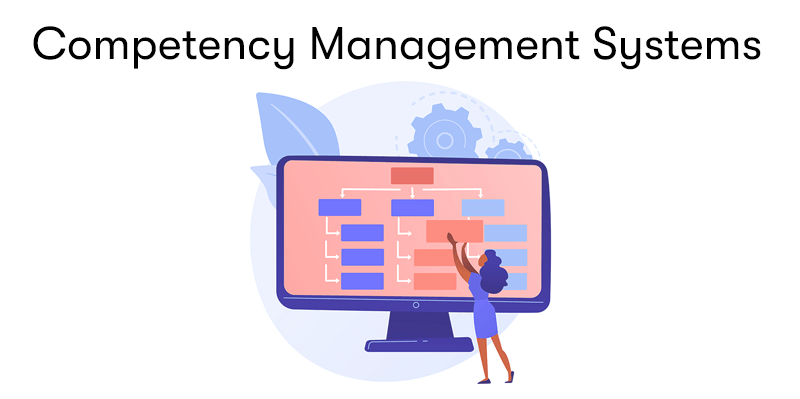
Competency management systems (CMS) are software or technology solutions designed to support and facilitate various aspects of competency management frameworks. These systems help organisations efficiently implement, manage, and measure competency-related processes.
Here at Purple Griffon we understand how important a well trained workforce can be, that is why we have partnered to bring you our competency management system – OpusView.
Here's how competency management systems align with competency management frameworks:
Competency Assessment and Tracking
CMS allows organisations to conduct competency assessments, either through self-assessments or evaluations by supervisors and peers. Employees can rate their proficiency levels in different competencies, and the system tracks the data over time.
The CMS centralises and maintains competency data, making it easy for HR and managers to monitor employee progress and identify skill gaps.
Learning and Development Plans
Based on competency assessment results, the CMS can generate personalised learning and development plans for employees. These plans recommend training courses, workshops, and other development opportunities to address identified competency gaps.
Employees and managers can access their development plans through the system, making it convenient to track progress and update the plan as needed.
Integration with Performance Management
Competency management systems can integrate with performance management systems, allowing competency-based performance evaluations and feedback.
Performance goals and development objectives aligned with competencies can be set within the CMS, streamlining the performance management process.
Succession Planning and Talent Management
A CMS aids in identifying high-potential employees and tracking their competency development. This information is crucial for succession planning and talent management initiatives.
The system helps HR and managers identify individuals ready for promotion or leadership roles based on their demonstrated competencies.
Competency Mapping to Job Roles
CMS typically enables the mapping of competencies to specific job roles or positions. This mapping ensures that employees are evaluated and developed based on the relevant competencies required for their roles.
Competency Libraries and Frameworks
Many CMS solutions come with pre-built competency libraries and frameworks that organisations can customise to suit their specific needs.
These libraries provide a standardised set of competencies and associated behavioural indicators, saving time and effort in creating competency models from scratch.
Reporting and Analytics
CMS provides robust reporting and analytics capabilities, allowing HR and managers to analyse competency data across the organisation.
Organisations can gain insights into competency strengths, weaknesses, and development trends, which can inform strategic decisions and workforce planning.
Employee Self-Service and Collaboration
Competency management systems often include employee self-service portals where employees can access their competency profiles, learning plans, and track their progress.
Collaboration features enable employees and managers to have competency-related discussions and set development goals collaboratively.
By aligning with competency management frameworks, competency management systems provide organisations with powerful tools to implement and sustain competency-based practices effectively. These systems streamline processes, improve data management, and foster a culture of continuous learning and development.
Final Notes on Competency Management Frameworks
In conclusion, competency management frameworks are essential blueprints that guide organisations in identifying, assessing, and developing the skills and behaviours crucial for success. By aligning employee capabilities with strategic goals, these frameworks enhance performance, engagement, and talent retention.
A competency management system complements these frameworks, streamlining assessments, personalised learning plans, and talent management. Embracing a competency-driven approach fosters a culture of growth and adaptability, empowering employees to thrive and organisations to achieve their objectives. As we move forward, investing in competency management frameworks and robust systems will undoubtedly pave the way for a brighter and more successful future.


